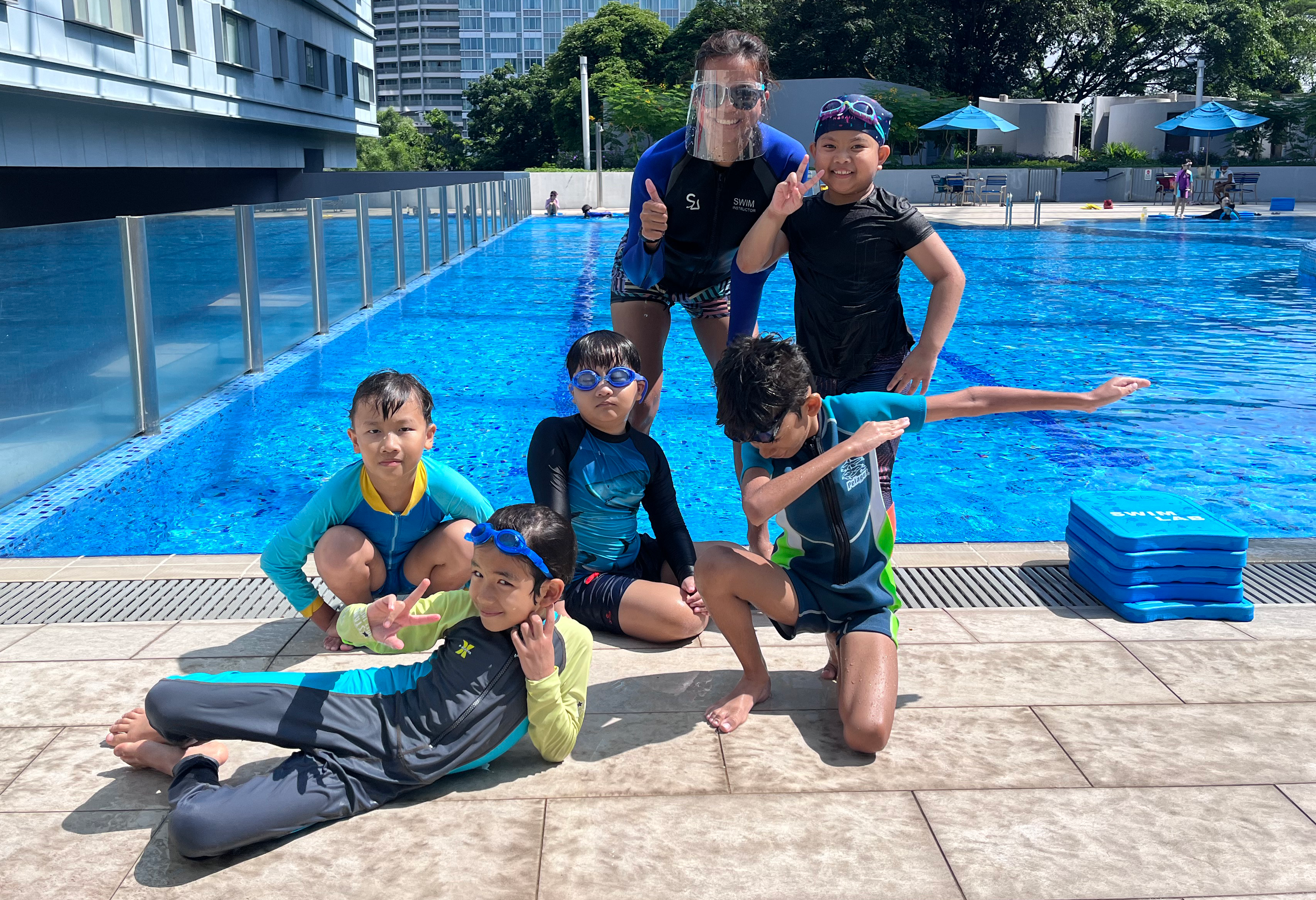Swim Lab vs. SwimSafer: A Comprehensive Comparison
Introduction
SwimSafer 2.0 is the national program for water safety in Singapore. It focuses on teaching people how to be safe in water through water survival and swimming competency skills. The program has six levels, and after finishing each one, participants get a certificate. This initiative was launched by the National Water Safety Council (NWSC) and can be enrolled for at the Swimsafer official site.
Swim Lab has a similar offering (Learn to Swim Blockplan)that goes beyond what SwimSafer 2.0 offers, placing a strong emphasis on optimising the swimmer’s techniques. This article breaks down these 2 popular choices: Swim Lab’s Learn to Swim Blockplan and the SwimSafer 2.0 program. Our aim is to help you decide which program best aligns with your child’s swimming needs and aspirations.
What is SwimSafer 2.0?

SwimSafer serves as a nationwide effort aimed at enhancing swimming skills and spreading awareness about the significance of being safe around water in Singapore.
SwimSafer 2.0 is more than just a swimming program; it’s a comprehensive water safety education initiative endorsed by MOE schools in Singapore. The program is meticulously designed to not only improve swimming proficiency but also to instil crucial water safety skills.
It is divided into six stages, each focusing on different aspects of water safety, ranging from mastering basic swimming strokes to learning advanced rescue techniques.
The 6 Stages of SwimSafer 2.0
- Stage 1 – Water Confidence
- Stage 2 – Basic Water Skills
- Stage 3 – Water Survival and Stroke Development
- Stage 4 – Intermediate Water Skills
- Stage 5 – Advanced Water Skills
- Stage 6 – SwimSafer Gold
What is the Swim Lab’s Learn to Swim Blockplan?

Meet our young swimmers! From learning basic skills in the Preschool Program to mastering advanced techniques in the Intermediate Program, these kids are on their way to becoming swimming pros.
On the other hand, Swim Lab offers the Learn to Swim Blockplan, which is tailored to build a strong foundation in swimming technique. The program is segmented into three main categories.
The Preschool Program is designed for children aged 3 to 4 and maintains a small teaching ratio of one instructor for every four kids. The focus here is on making children feel safe and comfortable around the pool while teaching them basic skills like breath holding, bubbling, and floating.
For children aged 5 and up, the Beginner Program takes over with a teaching ratio of one instructor for every six kids. This program aims to teach the three basic strokes: Frontcrawl, Backstroke, and Breaststroke.
Finally, the Intermediate Program, also for children aged 5 and up, delves into competitive swimming skills. With a teaching ratio of one instructor for every eight kids, the program covers advanced techniques and strokes, preparing children for competitive swimming.
Learn to Swim Blockplan Program Categories:
- Preschool: Focuses on safety and comfort around the pool for ages 3-4.
- Beginner: Teaches the three basic strokes for ages 5 and up.
- Intermediate: Covers advanced techniques and strokes for competitive swimming for ages 5 and up.
What are the Similarities Between Swimsafer 2.0 and Learn to Swim Blockplan?
While each program has its unique features, they share some common ground. Both programs cover essential swimming skills such as entries and exits, sculling and body orientation, underwater skills, and different swimming strokes. Additionally, both programs strive to make the learning process as engaging as possible by incorporating fun scenarios and stories.
The Key Differences Between SwimSafer 2.0 and Swim Lab’s Learn to Swim Blockplan
The most striking difference between the two programs lies in their primary focus. SwimSafer 2.0 places a heavy emphasis on water survival skills, even teaching children how to create a personal floatation device using their clothing. In contrast, the Swim Lab’s blockplan is more concerned with reducing drag and increasing propulsion through proper swimming techniques.
- SwimSafer 2.0:
- Emphasises water survival skills
- Teaches how to create a personal floatation device
- Swim Lab Blockplan:
- Focuses on reducing drag
- Aims to increase propulsion through proper techniques
Ending Notes and the Pegging System
It’s worth mentioning that while a Swim Lab certificate may not automatically exempt your child from the SwimSafer program, some parents have successfully used it for that purpose. However, it’s generally recommended for children to experience both programs to develop a well-rounded skill set. The equivalence between the two programs is often based on specific categories like entries and exits, sculling and body orientation, underwater skills, and swimming strokes.
Conclusion
In summary, both SwimSafer 2.0 and the Swim Lab’s Learn to Swim blockplan offer invaluable skills but serve different primary objectives. SwimSafer is tailored more towards survival in water, while the Swim Lab program is geared towards competitive readiness.
Depending on your child’s specific needs and future goals, either of these programs—or perhaps even both—could be the perfect fit.

